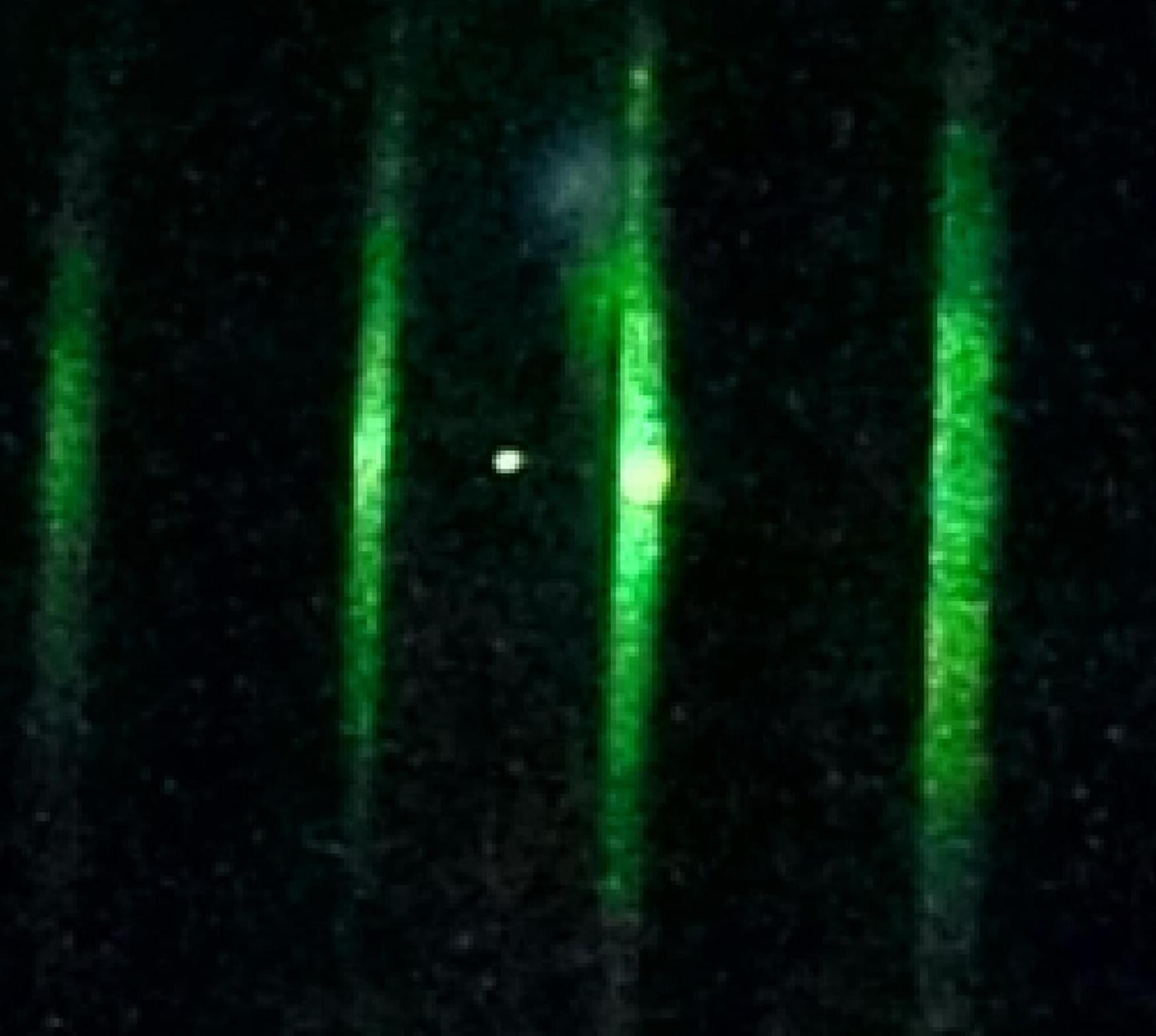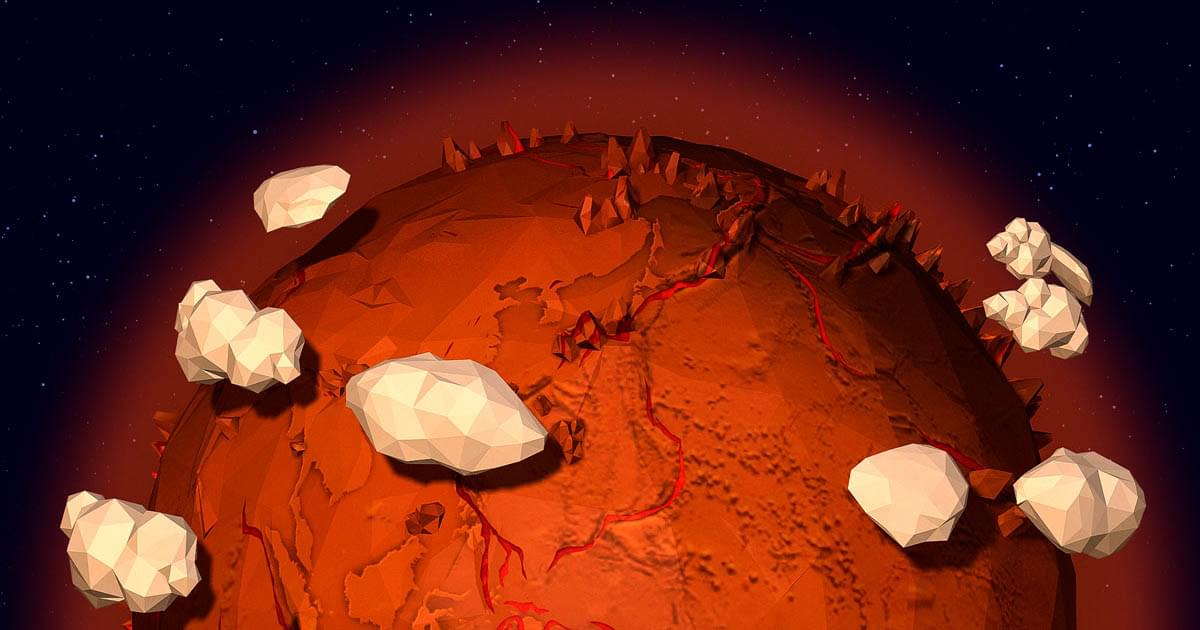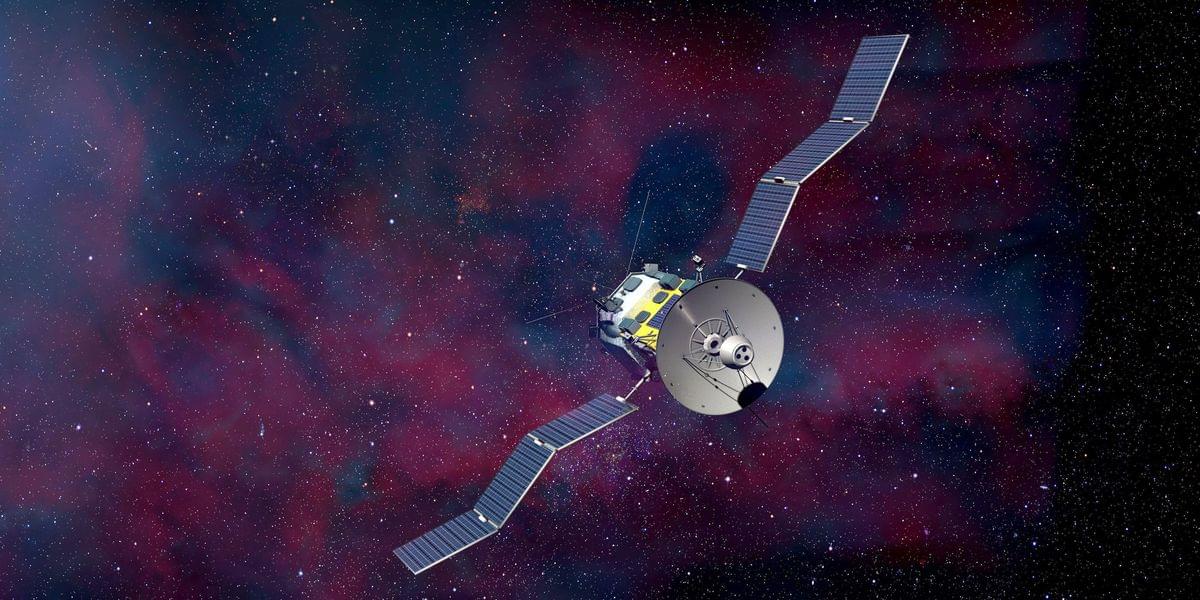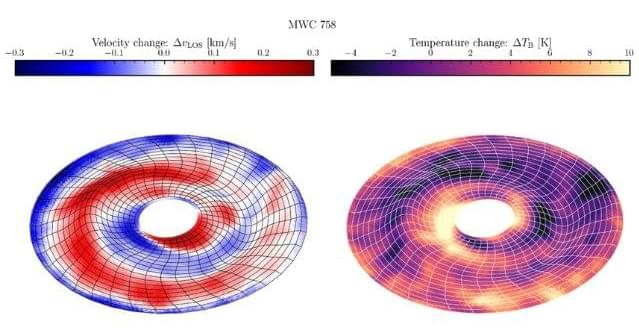Filamentous fungi grow like alien landscapes and present promising applications. One researcher showcases the art of their strange forms.



Researchers Mitsuyoshi Kamba, Naoki Hara, and Kiyotaka Aikawa of the University of Tokyo have successfully demonstrated quantum squeezing of the motion of a nanoscale particle, a motion whose uncertainty is smaller than that of quantum mechanical fluctuations.
As enhancing the measurement precision of sensors is vital in many modern technologies, the achievement paves the way not only for basic research in fundamental physics but also for applications such as accurate autonomous driving and navigation without a GPS signal. The findings are published in the journal Science.
The physical world at the macroscale, from dust particles to planets, is governed by the laws of classical mechanics discovered by Newton in the 17th century. The physical world at the microscale, atoms and below, is governed by the laws of quantum mechanics, which lead to phenomena generally not observed at the macroscale.


Using the MeerKAT radio telescope, an international team of astronomers has performed observations of a galaxy cluster designated SPT-CLJ2337−5942. The observational campaign revealed the presence of an ultra-steep spectrum radio halo in this cluster. The finding is presented in a paper published Sept. 9 on the arXiv preprint server.





